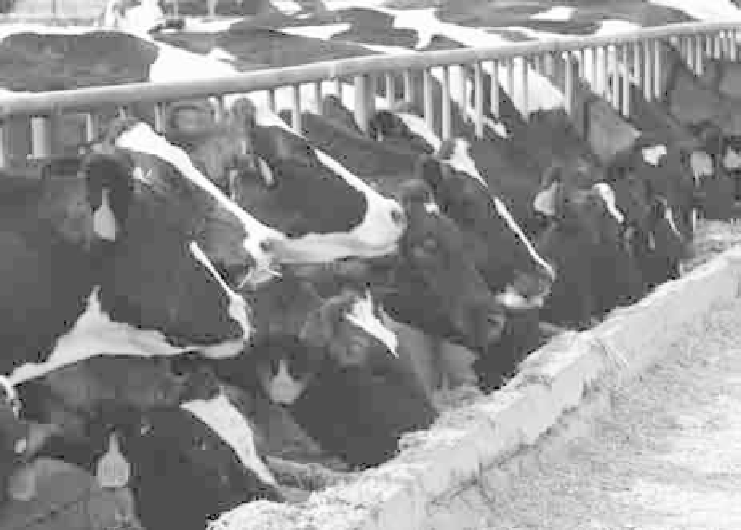Agriculture Reference
In-Depth Information
Plate 6.2
Dairy cows
Market segmentation requires careful assessment of the specifi c needs of different types of cus-
tomers. Photo courtesy of USDA Natural Resources Conservation Service.
Some fi rms may choose a single area of concentration, using the rationale that concentrat-
ing all their efforts on a single class of customers allows them to do a better job and may
effectively block out new competition. A farm supply store that caters only to larger com-
mercial farmers would be one example. Another farm supply store might develop a
“dual segment” concentration by building a special display area for lawn and garden equip-
ment and seasonal nursery stock, so that it appeals to suburban homeowners. In another area
of the facility, they may have a special offi ce area to work directly with commercial farmers.
Of course, there are a host of factors involved in market strategy decisions, including
fi rm size, location, experience, and competition. But once the market segment or segments
have been targeted, the agribusiness must concentrate on the products and services that will
succeed there.
Positioning
You know the customers you will target, you understand their needs, and you have a clear
picture of the marketplace, your product, and the benefi ts it offers to your customers.
You
clearly understand the value you are delivering. But how do you communicate that value to
your prospects and customers? To answer this question, marketers use a concept called
positioning
. Positioning has been defi ned as the process of creating the desired image in the

